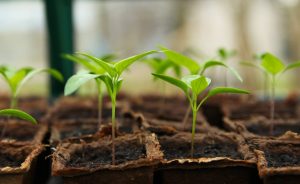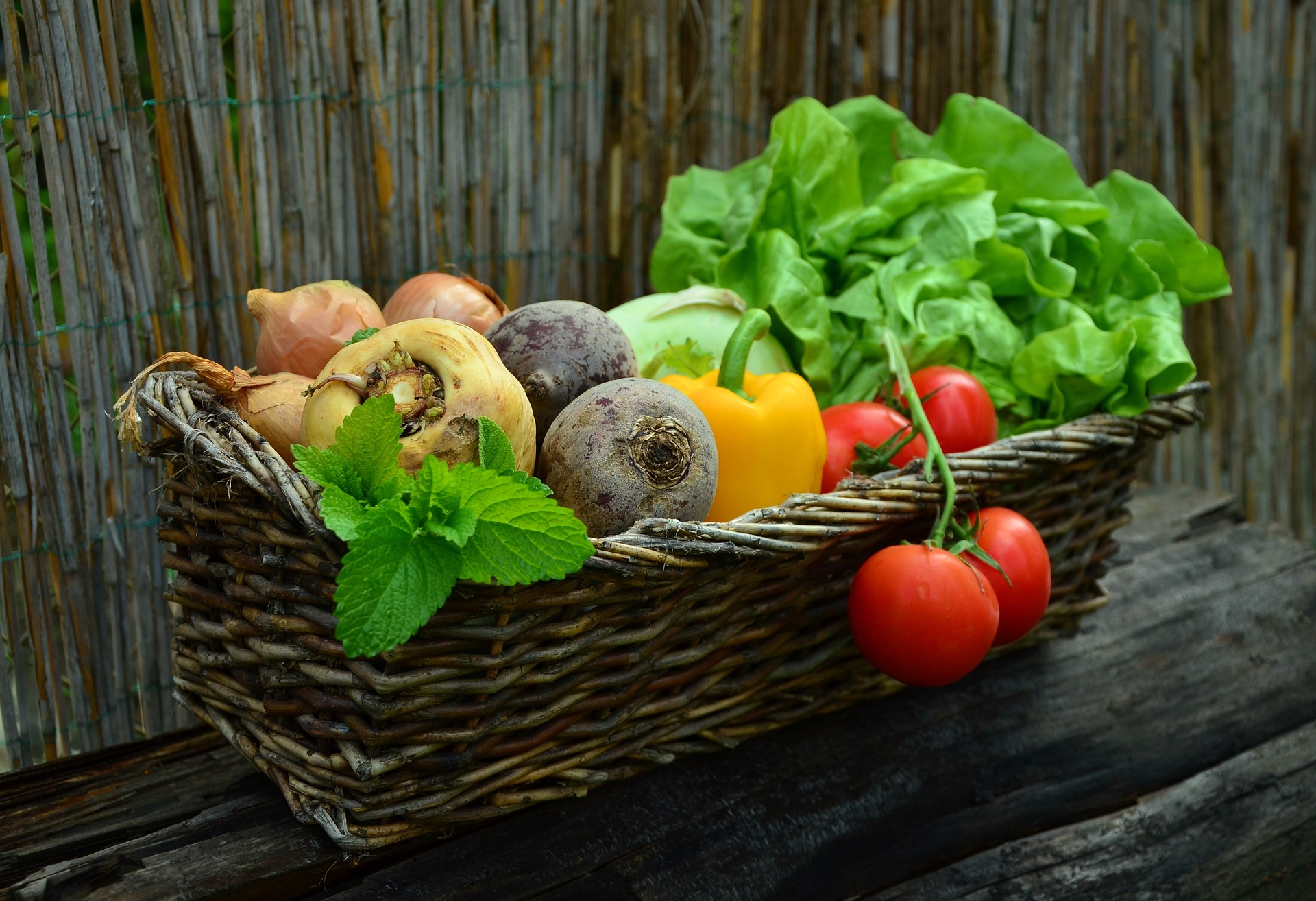Growing a vegetable garden can be a bit of work but it will be such a rewarding project. If you’re successful, then you’ll wind up with some delicious vegetables. One of the first considerations is your growing season. If you live in a predominantly warm climate, you won’t need to worry about this so much. But if you live where there’s a growing season followed by winter, it’s important to understand when to start.
You can look online for information about your specific growing season. In many cases, you can start your garden indoors where it’s warm. Once the soil warms up, you can transplant your young plants to your outdoor garden space.
Step 1: Choose a good location
The location you choose for your garden will make a great deal of difference in its success. Choose an area where there will be no pets or children moving around. This area should be free of rocks and have rich, sandy loam soil if possible. Look for something with good drainage also, something that gets plenty of sunlight.
Step 2: Till the soil
Next, you’ll want to till the soil. Tilling mixes the soil up and loosens it. This is a good time to work in some type of fertilizer. Remove any weeds or rocks present in the soil. An old-fashioned hand rake will work fine for this task. If you’ve chosen a large garden area, you can save a lot of hard labor by renting or buying a tiller.
Step 3: Build a border around the area

It’s important to fence off your garden area from the remainder of your yard. This tells friends, family and pets the exact location of your garden and reminds them to keep out. Once your seeds have begun to sprout, this can serve to protect them from an adult or animal trampling them. It also helps keep the weeds in the rest of your yard from intruding into your garden area. Boards, such as 2X6’s could be used for your border. Bricks or cinder blocks might also work well. Most hardware stores sell a hard plastic, pre-formed border that works well.
Step 4: Planting the seeds
All types of vegetables will grow well in warmer areas of the country. Choose vegetables that your family likes to eat. Tomatoes are always a good choice and there are many wonderful varieties to choose from. The Big Boy remains a favorite. Its large, juicy robust size delights the palate and the eyes. Squash and melons require more room to grow because their vines spread out. Beans and peas can be grown on a wooden stake. They usually grow upwards. Corn takes up too much space and isn’t a good choice. Okra will grow well in most climates.
Step 5: Watering and fertilizing
The most effective way to fertilize your newly planted seeds utilizes your water hose. Purchase a liquid fertilizer in a container that hooks up to your water hose and you can easily water and fertilize at the same time. This type of fertilizer can be applied each time you water your garden if desired.
Step 6: Staking the new plants
As your seeds begin to sprout, they become too heavy for their own weight. Certain vegetables are more prone to this, such as tomatoes. Beans and tomatoes require staking. Your hardware store sells ½ inch wooden dowels that work great for staking. Simply stick them into the ground adjacent to your vegetable plant. The stake should go into the soil at least six inches. This causes it to be more stable and less likely to lean or fall over in gusty winds. Loosely tie the plant to the stake with string. It should be able to move around while not falling over.
Step 7: Pesticides
Insects enjoy nibbling on your lush, beautiful plants. This makes it critical that you keep an eye out for any holes or discoloration on your foliage. Kneel down, touching the foliage of your plants at least once per week to make certain that they remain healthy. Turn a few of the leaves over and check the backs for indications of insects.
Garden Tillers
If you are planting a big garden, you can purchase a heavy-duty tiller to drag behind your tractor. For smaller gardens, there are hand tillers available with gas powered engines. They are about like using an edger or leaf blower so it’s not a difficult task though you will need to take breaks and stay hydrated.
References:

